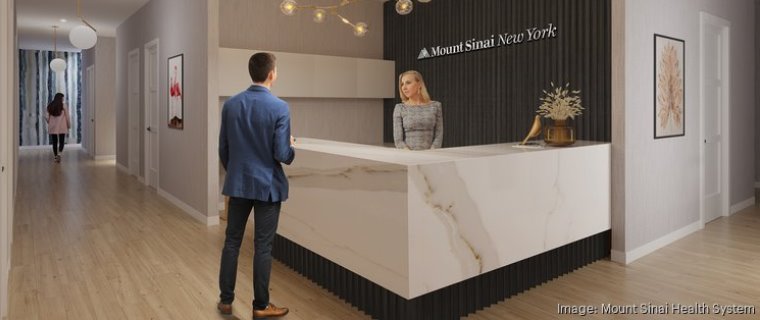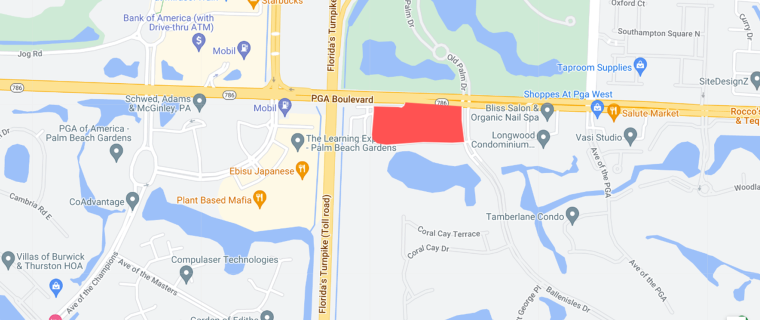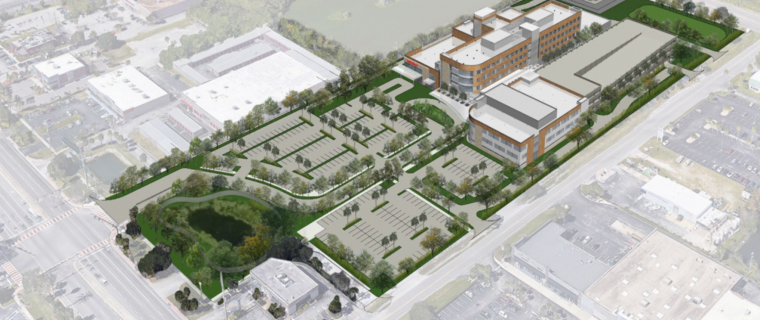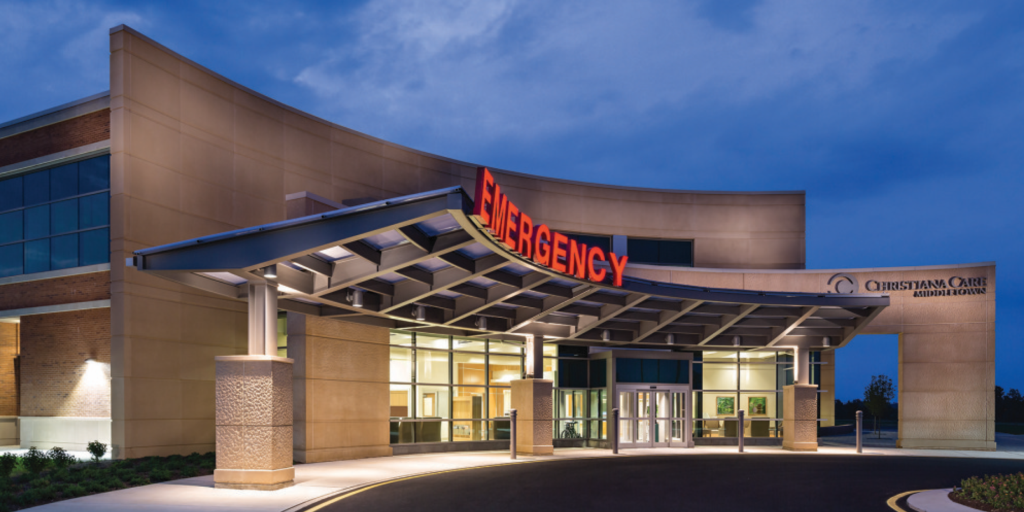Health First says it will save about $100 million by scaling back its planned hospital complex off State Road 520 on Merritt Island, abandoning the “wellness village” concept in favor of a more conventional project.
The new 120-bed, seven-story hospital will replace the current 150-bed, six-story Cape Canaveral Hospital in Cocoa Beach. The Merritt Island site also will have a medical office building; a two- to three-deck parking garage; surface parking; and areas of outdoor green space.
But the 14-acre site will not have the “wellness village” additions originally envisioned. Health First’s original plan for a wellness village included retailers, restaurants, a coffee shop, a juice bar, a day care center, a fitness center, a spa and other amenities.
Brett Esrock, executive vice president, chief financial officer and chief operating officer of Health First, detailed the scaled-back plan in an email and question-and-answer summary sent Thursday to the company’s medical staff and other health professionals.
Health First is downsizing its plan for the new hospital project in the face of rising construction expenses coupled with financial losses experienced by Health First. Those losses were triggered by rising staffing costs, the COVID-19 pandemic, investment losses and other factors.
In his email, Esrock wrote: “At Health First, we knew it was critical for us to reevaluate how we can best serve our community ― while being fiscally responsible. That’s why our collaborative design team came up with a revised concept, transitioning our vision from a wellness village to a conventional health care campus.”
Esrock said Health First’s board of directors has authorized the health care company to continue the detailed redesign and engineering work through the end of this year for this revised concept.
How much will the new project cost?
The price tag is estimated at $410 million, which Esrock said is about $100 million lower than its initial concept. Esrock said the new figures “factor in the cost of inflation, which we certainly anticipate.”
Health First said construction costs had risen about 30% since the original project was proposed.
What will some of the hospital’s features be?
The replacement hospital will be 281,000 square feet, with 120 patient beds.
“The hospital will feature a contemporary design and state-of-the-art technology,” Esrock said. “Plus, it’ll be built to our state’s hurricane building standards. A central energy plant will be on the premises to ensure continuous power functions, even during tropical storms and hurricanes.”
What will the medical office building be like?
Esrock said the new 91,567-square-foot medical office building “will offer access to a variety of wellness and health services,” but details are still to be determined.
What is the construction timeline?
Esrock said Health First has begun the designing and engineering portion of the project.
Source: Florida Today





